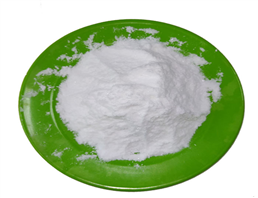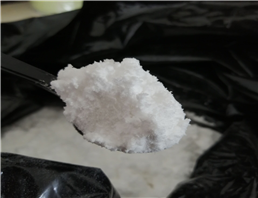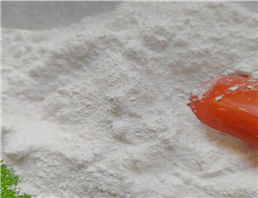| Items | Standard | Result |
| Appearance | White to off-white Solid | Conform |
| Assay | > 99% | 99.28% |
| pH | 4.0-6.0 | 4.6 |
| Melting point | 51-540C | 52-540C |
| Chloride(CI) | <0.01 | Conform |
| Residue on ignition | < 0.1 | Conform |
| Loss on drying | <0.5% | 0.28% |
| Conclusion : | Conformable to all requested specifications |
Function and Application
1. Chloral hydrat is used for the short-term treatment of insomnia and as a sedative before minor medical or dental treatment. It was largely displaced in the mid-20th century by drugs and subsequently by good drugs. It was also formerly used in veterinary medicine as a general anesthetic but is not considered acceptable for anesthesia or euthanasia of small animals due to adverse effects. It is also still used as a sedative prior to EEG procedures, as it is one of the few available sedatives that does not suppress epileptiform discharges.
2. In therapeutic doses for insomnia, chloral hydrat is effective within 20 to 60 minutes. In humans it is metabolized within 7 hours into trichloroethanol and trichloroethanol glucuronide by erythrocytes and plasma esterases and into trichloroacetic acid in 4 to 5 days. It has a very narrow therapeutic window making this drug difficult to use. Higher doses can depress respiration and blood pressure.
3. Chloral hydrat is a starting point for the synthesis of other organic compounds. It is the starting material for the production of chloral, which is produced by the distillation of a mixture of chloral hydrat and sulfuric acid, which serves as the desiccant.
4. Chloral hydrat is used to synthesize isatin. In this synthesis, chloral hydrat reacts with aniline and hydroxylamine to give a condensation product which cyclicizes in sulfuric acid to give the target compound.

 China
China







